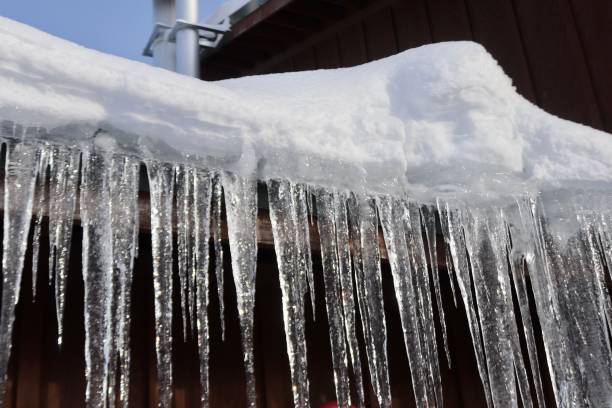Nearly everybody maintains their unique idea when it comes to Helpful Tips to Prevent Frozen Pipes this Winter.

Cold weather can damage your plumbing, particularly by freezing pipes. Below's exactly how to stop it from occurring and what to do if it does.
Introduction
As temperature levels decline, the threat of icy pipes boosts, possibly leading to expensive repair work and water damage. Understanding just how to stop frozen pipes is vital for house owners in cool climates.
Understanding Frozen Pipes
What creates pipelines to ice up?
Pipelines ice up when revealed to temperature levels listed below 32 ° F (0 ° C) for extended durations. As water inside the pipes ices up, it expands, putting pressure on the pipeline walls and possibly causing them to rupture.
Risks and damages
Icy pipes can result in water supply interruptions, residential property damages, and pricey repair services. Burst pipelines can flooding homes and cause substantial structural damages.
Indications of Frozen Piping
Determining icy pipes early can prevent them from bursting.
Exactly how to recognize icy pipes
Search for decreased water flow from taps, unusual smells or noises from pipes, and visible frost on exposed pipes.
Prevention Tips
Shielding prone pipes
Cover pipes in insulation sleeves or make use of heat tape to secure them from freezing temperatures. Focus on pipelines in unheated or exterior locations of the home.
Home heating techniques
Keep indoor rooms appropriately heated, particularly locations with pipes. Open cabinet doors to allow warm air to flow around pipelines under sinks.
Protecting Outdoor Plumbing
Garden hose pipes and outside taps
Detach and drain pipes garden pipes before winter. Install frost-proof faucets or cover outdoor taps with insulated caps.
What to Do If Your Pipelines Freeze
Immediate actions to take
If you presume icy pipes, keep taps open to eliminate pressure as the ice melts. Utilize a hairdryer or towels taken in hot water to thaw pipes slowly.
Long-Term Solutions
Architectural adjustments
Consider rerouting pipelines far from outside walls or unheated areas. Add extra insulation to attic rooms, cellars, and crawl spaces.
Upgrading insulation
Buy high-grade insulation for pipelines, attics, and walls. Correct insulation assists keep regular temperature levels and lowers the risk of icy pipes.
Final thought
Avoiding frozen pipes calls for proactive measures and fast feedbacks. By understanding the causes, signs, and preventive measures, home owners can shield their plumbing throughout cold weather.
5 Ways to Prevent Frozen Pipes
Drain Outdoor Faucets and Disconnect Hoses
First, close the shut-off valve that controls the flow of water in the pipe to your outdoor faucet. Then, head outside to disconnect and drain your hose and open the outdoor faucet to allow the water to completely drain out of the line. Turn off the faucet when done. Finally, head back to the shut-off valve and drain the remaining water inside the pipe into a bucket or container. Additionally, if you have a home irrigation system, you should consider hiring an expert to clear the system of water each year.
Insulate Pipes
One of the best and most cost-effective methods for preventing frozen water pipes is to wrap your pipes with insulation. This is especially important for areas in your home that aren’t exposed to heat, such as an attic. We suggest using foam sleeves, which can typically be found at your local hardware store.
Keep Heat Running at 65
Your pipes are located inside your walls, and the temperature there is much colder than the rest of the house. To prevent your pipes from freezing, The Insurance Information Institute suggests that you keep your home heated to at least 65 degrees, even when traveling. You may want to invest in smart devices that can keep an eye on the temperature in your home while you’re away.
Leave Water Dripping
Moving water — even a small trickle — can prevent ice from forming inside your pipes. When freezing temps are imminent, start a drip of water from all faucets that serve exposed pipes. Leaving a few faucets running will also help relieve pressure inside the pipes and help prevent a rupture if the water inside freezes.
Open Cupboard Doors
Warm your kitchen and bathroom pipes by opening cupboards and vanities. You should also leave your interior doors ajar to help warm air circulate evenly throughout your home.

We hope you enjoyed reading our piece about Preventing and dealing with frozen pipes. Thank you so much for taking a few minutes to browse our blog. Feel free to take a moment to share this blog if you enjoyed it. I value your readership.
Book Services